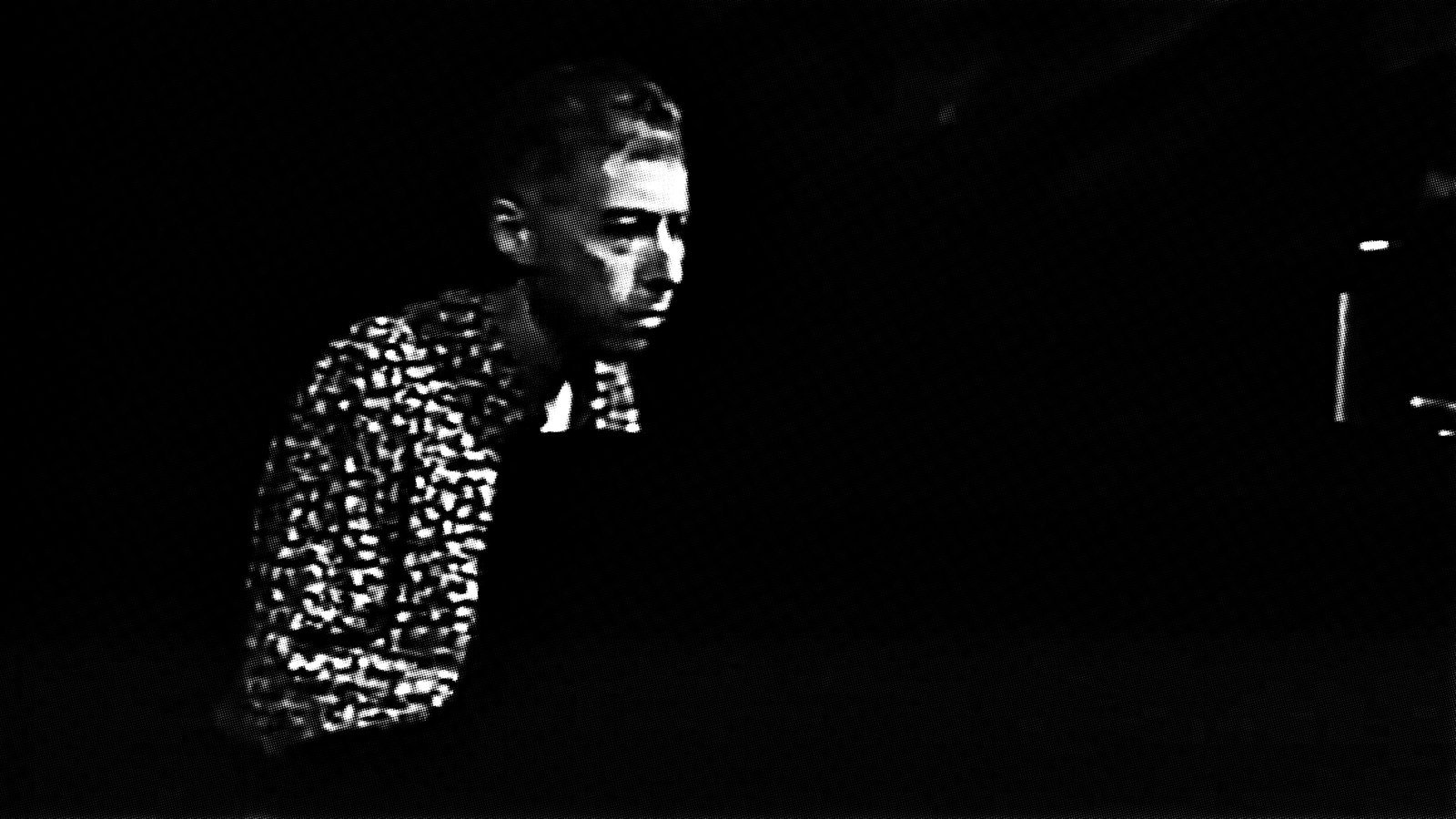
Here’s a video of Harold Budd and Laraaji making luxurious music within Jameos Del Agua, a series of lava caves on the Canary Islands. This happened in 1989 at something called the Lanzarote Music Festival. Unfortunately, they aren’t seen making music together, which would have been something. The two take turns at their own songs. At the time, this type of gentle music, often ruthlessly categorized as “new age,” required an overlay of ocean waves and other nature scenes when presented on video. I’m glad that we’ve gotten over that visual temptation, for the most part, when it comes to ambient music.